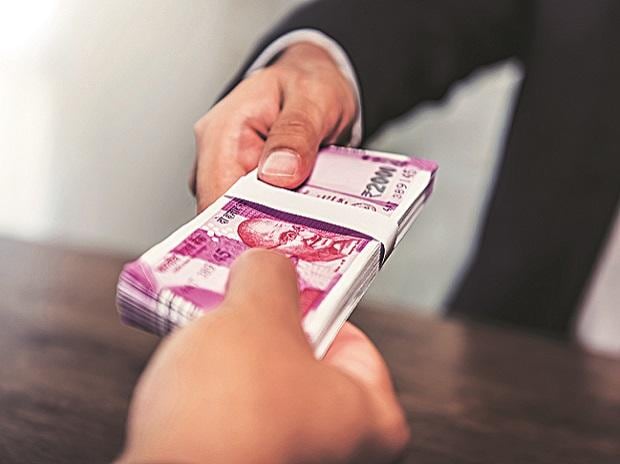[ad_1]
The banking system credit grew 16.1 per cent year-on-year (YoY) in the fortnight ended February 10 to Rs 134.17 trillion, latest data released by the Reserve Bank of India (RBI) showed.
About a month ago (January 13 fortnight), credit growth stood at 16.5 per cent YoY.
The growth is significantly higher than the year-ago period when the banking system credit growth was hovering around the 9 per cent mark.
Growth had moderated to as low as 14.9 per cent YoY in the fortnight ended December 30 due to base effect, but subsequently picked up as the base effect eased out.
So far, credit growth has been driven by continued and sustained retail credit demand, strong growth in NBFCs, and inflation-induced working capital requirement from sectors such as “petroleum, coal products & nuclear fuels”, and chemicals and chemical products, according to the recent sectoral deployment of credit data.
Meanwhile, deposit growth of the banking system has also moderated marginally with 10.2 per cent YoY growth for the fortnight ended February 10. In the previous fortnight ended January 27, deposit accretion grew at 10.5 per cent YoY.
“Looking at one month’s data it would be premature to say if this is going to be a secular trend (moderation in credit growth) because normally February and March are busy periods for banks so there could be some volatility in the credit growth figure,” said Prakash Agarwal, director and head of financial institutions at India Ratings and Research.
“Having said that, we do expect moderation of credit growth going into FY24 because of a host of reasons, including high base effect, elevated interest rates, and normalisation of working capital loans demand by corporates. So, FY24 would see a muted credit growth as compared to FY23,” Agarwal said.
“On the deposit side, despite the rate hikes, we may not see a sharp hike in deposit growth because liquidity in the system remains quite tight. Deposit growth is a factor of nominal GDP growth also and that is expected to be muted going forward,” he said.
Currently, the credit-deposit growth gap has contracted to 590 basis points (bps) from over 800 bps earlier but still remains quite high.

Banks have been increasing their deposit rates consistently over the past few months to garner durable liquidity to meet the high credit demand of the economy.
According to RBI’s latest bulletin, which does not take into account the February repo rate hike by 25 bps, the weighted average lending rates (WALR) on fresh and outstanding rupee loans of banks have increased by 137 bps and 80 bps, respectively, during May-December 2022 period corresponding to a 225-bps hike in repo rate.
And, the weighted average domestic term deposit rate (WADTDR) on outstanding deposits of banks have increased by 75 bps during the same period while WADTDR on fresh deposits have gone up by 213 bps.
While the 1- year median marginal cost of funds-based lending rate (MCLR) has gone up by 120 bps during this time, median term deposit rates have moved up by 78 bps.
Leading Indian banks have signaled that the momentum in credit growth is expected to continue at least for a few quarters before it settles down, with the broader capex cycle strengthening.
Credit growth has moderated from the peak of 18 per cent seen in October last year.
Experts believe the persistently high inflation, moderation in overall growth in the economy, and high interest rates because of rate hikes undertaken by the central bank may blunt the sharp credit growth going into next financial year.
[ad_2]
Source link



